The class spanned just seven participants, as it was limited to the number of Reformers available in the space. Upon arrival, we were instructed to remove our shoes by the entrance (maybe I ought bring slippers next time?) and complete double-sided intake forms. The first side asked of medical history and past injuries, while the back fitness goals and existing workout routines.
Once settled, our instructor commenced with a lengthy introduction on the Reformer itself. Different from Sum Pilates and Studio Bon, students were introduced to the varying stopper settings based on height and/or leg length. The second position was recommended for those between the heights of 5' 2" to 5' 7", unless one required more space due to leg length, in which case the stopper would be moved into the next (third) position. The Reformer used by The Pilates Body was different in that there were slope settings for the headrest, which could be adjusted for those requiring incline during core activation exercises. We also discussed spring tensions: 3 red (strongest), 1 blue (1/2 red), and 1 white (1/4 red). It was interesting to learn of these tensions and their possible combinations, for I had never been made known of their relative tensions previously.
We then transitioned quickly into breathing and pelvic movements. For the warm-up, the instructor started off quite high on the spring tension, instead of starting low to build up (or using the Cardio Tramp). A shocking three red springs were used for guiding the body back and forth, awakening the inner and outer thighs as well as the ankles. Frankly, this spring tension was very hard on my left knee, but surprisingly not too hard on ankles. I am undoubtedly more accustomed to commencing with a lower spring tension, then building up where possible; the approach would also be preferred for those with multiple injuries, such as myself. While lying down, we also executed several exercises in bridge, emphasizing articulation of the spine and activation of the hamstrings. We did not engage in side-lying exercises at all.
The instructor gave off the impression of a seasoned lecturer: while the imagery associated with pilates movements was still present, her aura was ultimately educational. Embedded within her were layers of knowledge and teaching experience, likely incapable to be captured within a single session.
Periodically throughout the class, I observed those around me: the other class attendees did not have a lean image - one appeared to lift weights, though many did not exhibit the fluidity displayed in regular practitioners of dance or yoga. Some students had enrolled in both Monday and Thursday sessions, which I presume to be for the sake of repetition and externally-applied discipline.
1) Genmaicha Financier
The three-bite specimens were exceptionally easy to create and wonderfully delicious, showcasing the nutty grassiness of genmaicha without restraint. That said, brown butter would have likely contributed additional depth. It is an adjustment that will be investigated during the next iteration.
The final six Crinkle Cookies, presumably the version that had utilized baking soda instead of powder, were sourced from the freezer and coated plentifully in confectioner's sugar.
The Marbled Banana Bread needs no introduction on this space. This time, I sprinkled in a handful of mini chocolate chips out of whimsy.
The fever persisted into the following day, and was met with repetitive intakes of Tylenol. I began to stomach soft, solid foods, such as thick congee and bread rolls, but appetite levels remained relatively low.
The absence of a sore throat hadn't led me to question that possibility. However, when banana bread was perceived to taste heavily of baking soda, bitterness, and salt, I took to the rapid test kit immediately. Thankfully, the result was negative.

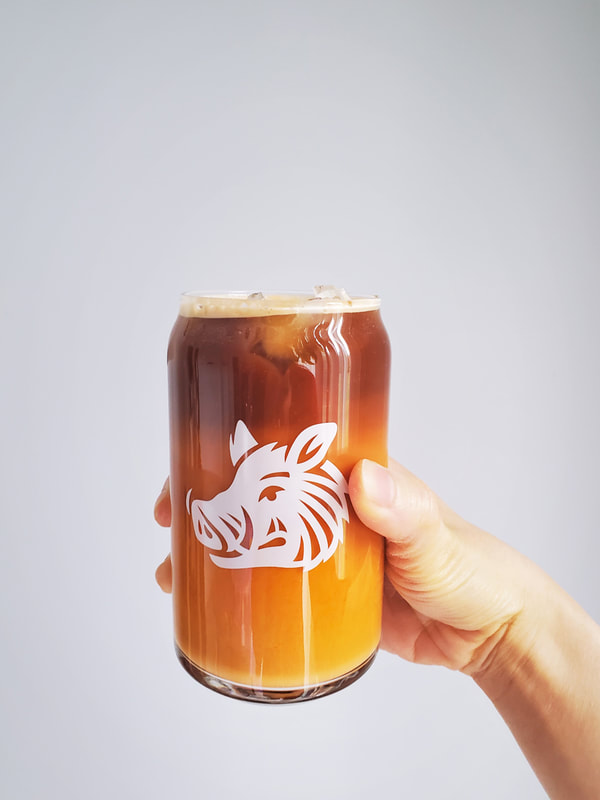
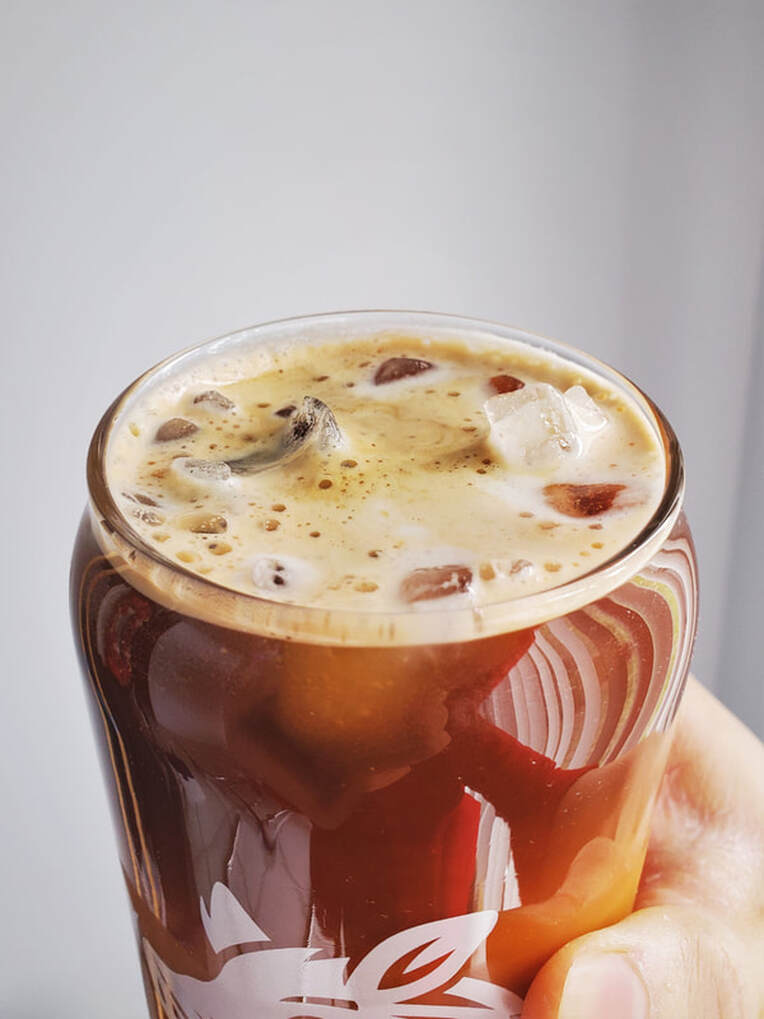
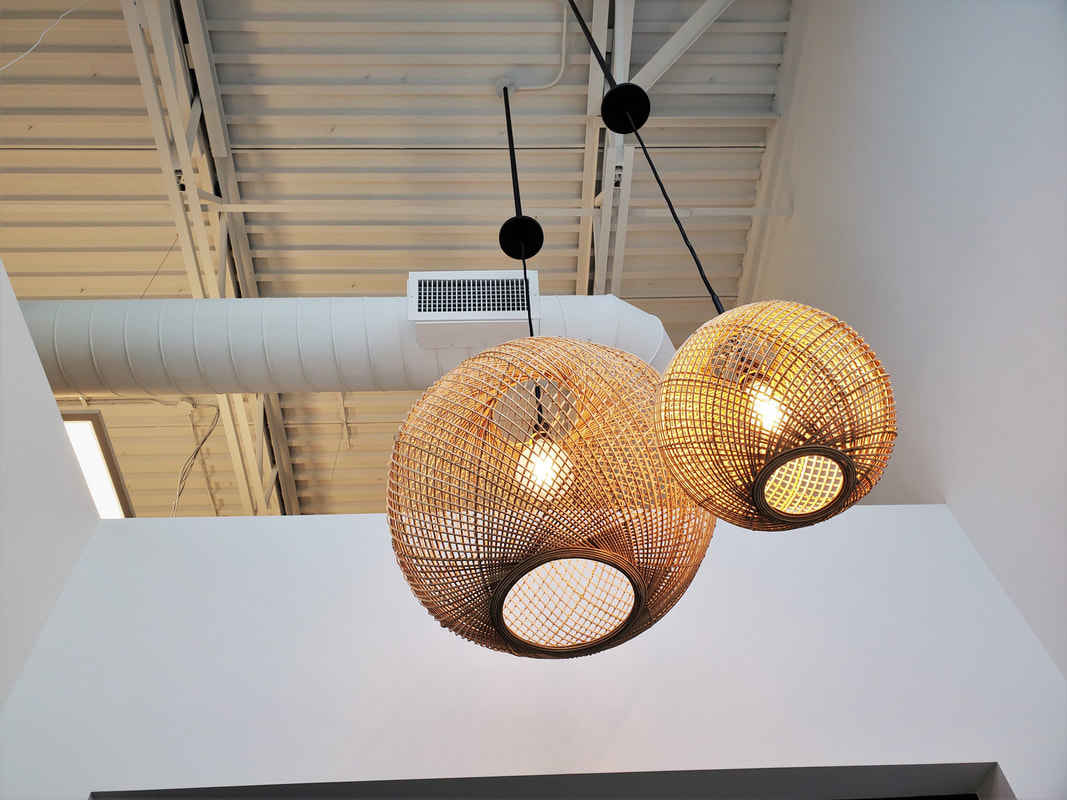
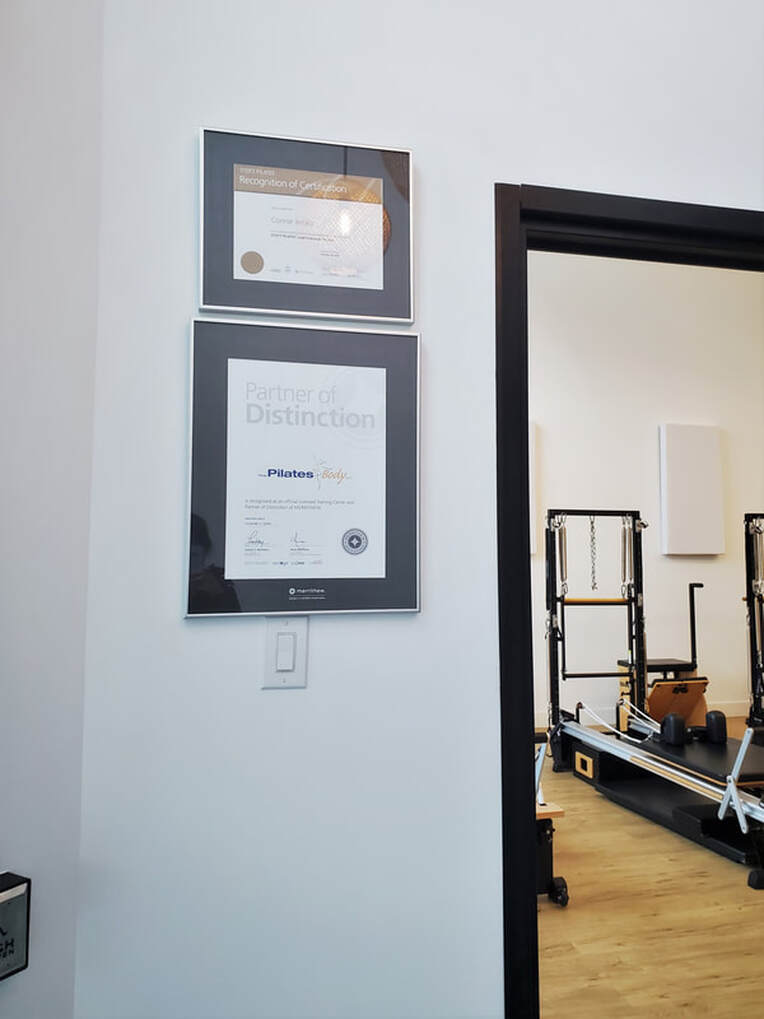
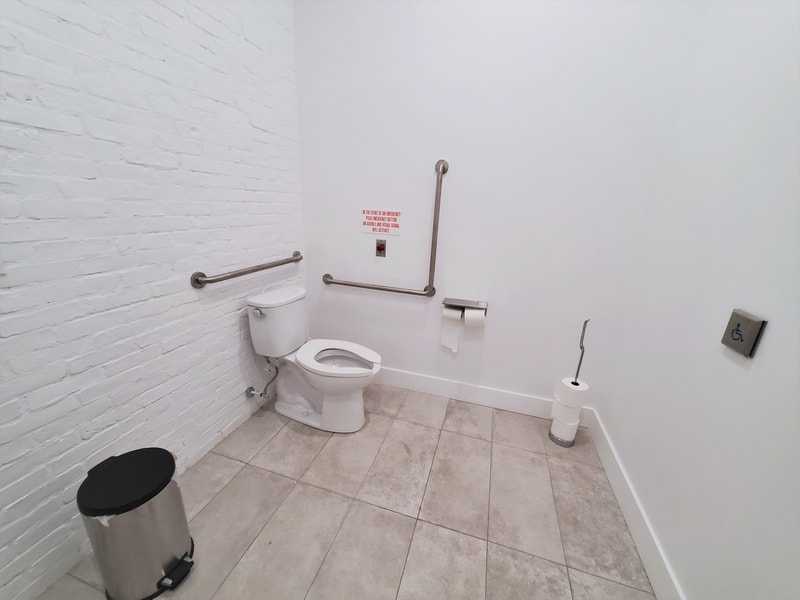
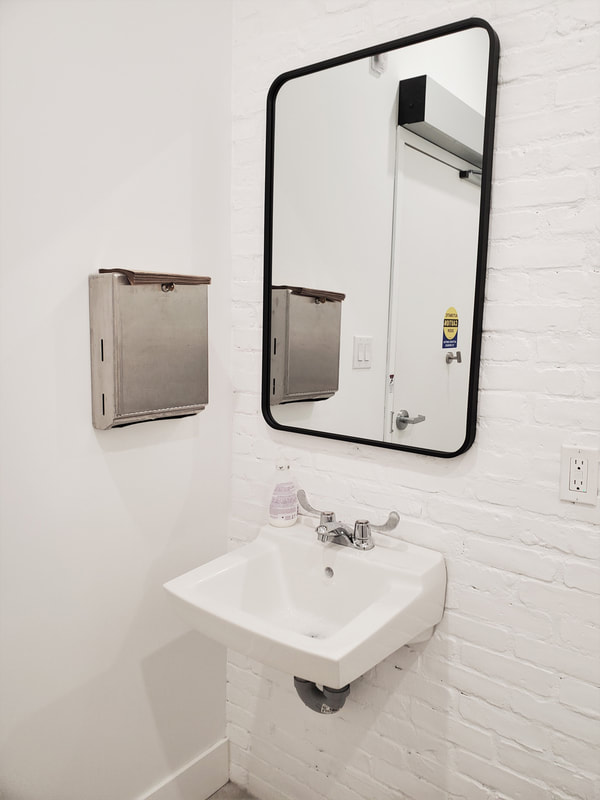
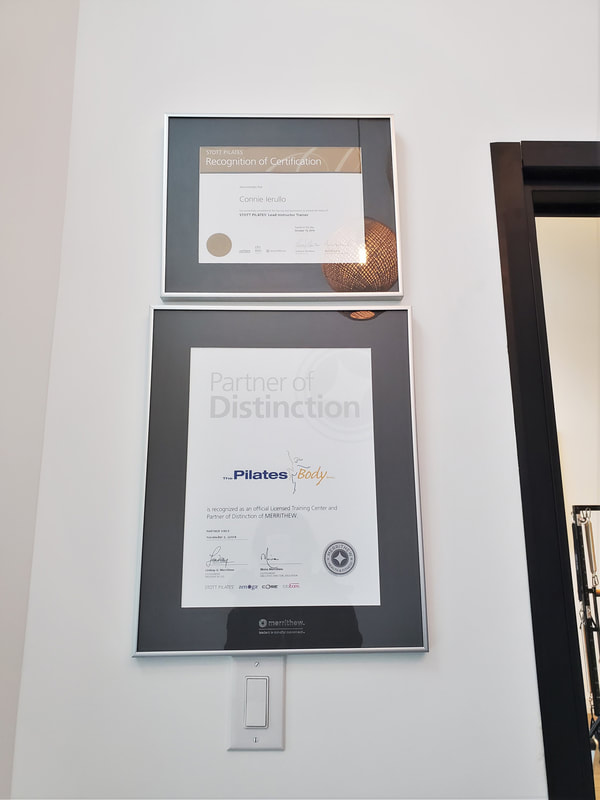
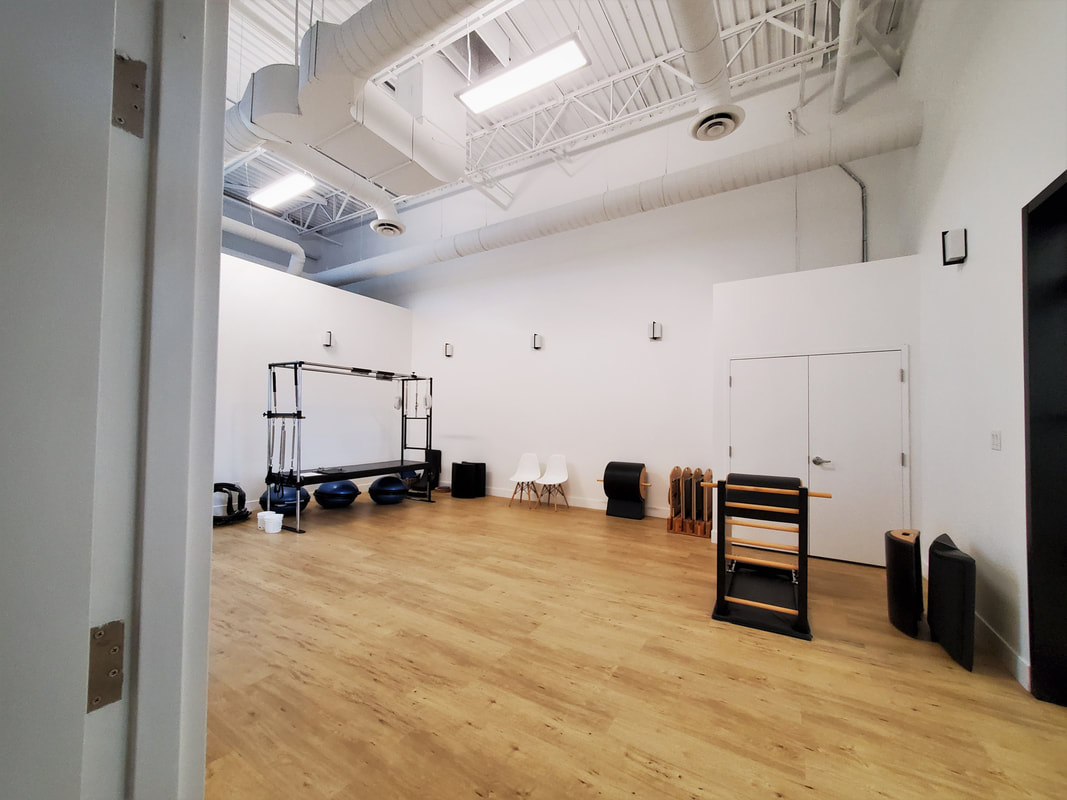
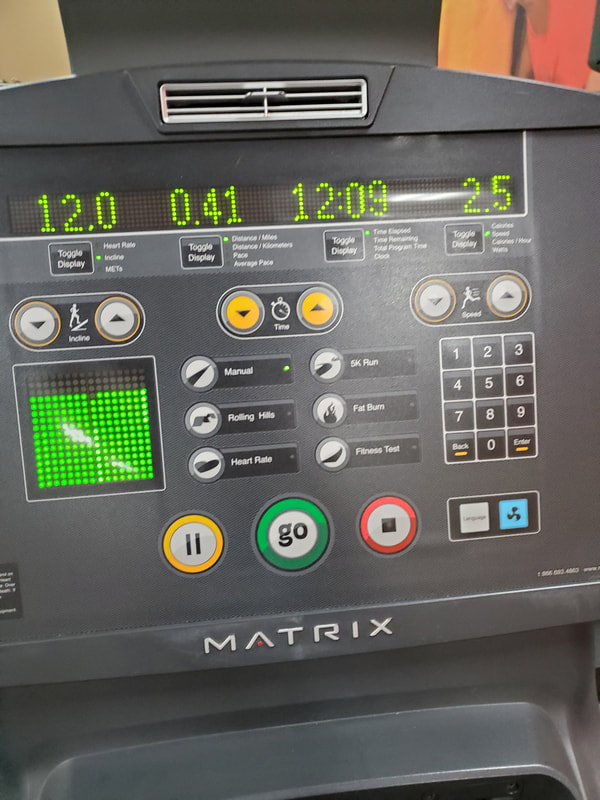
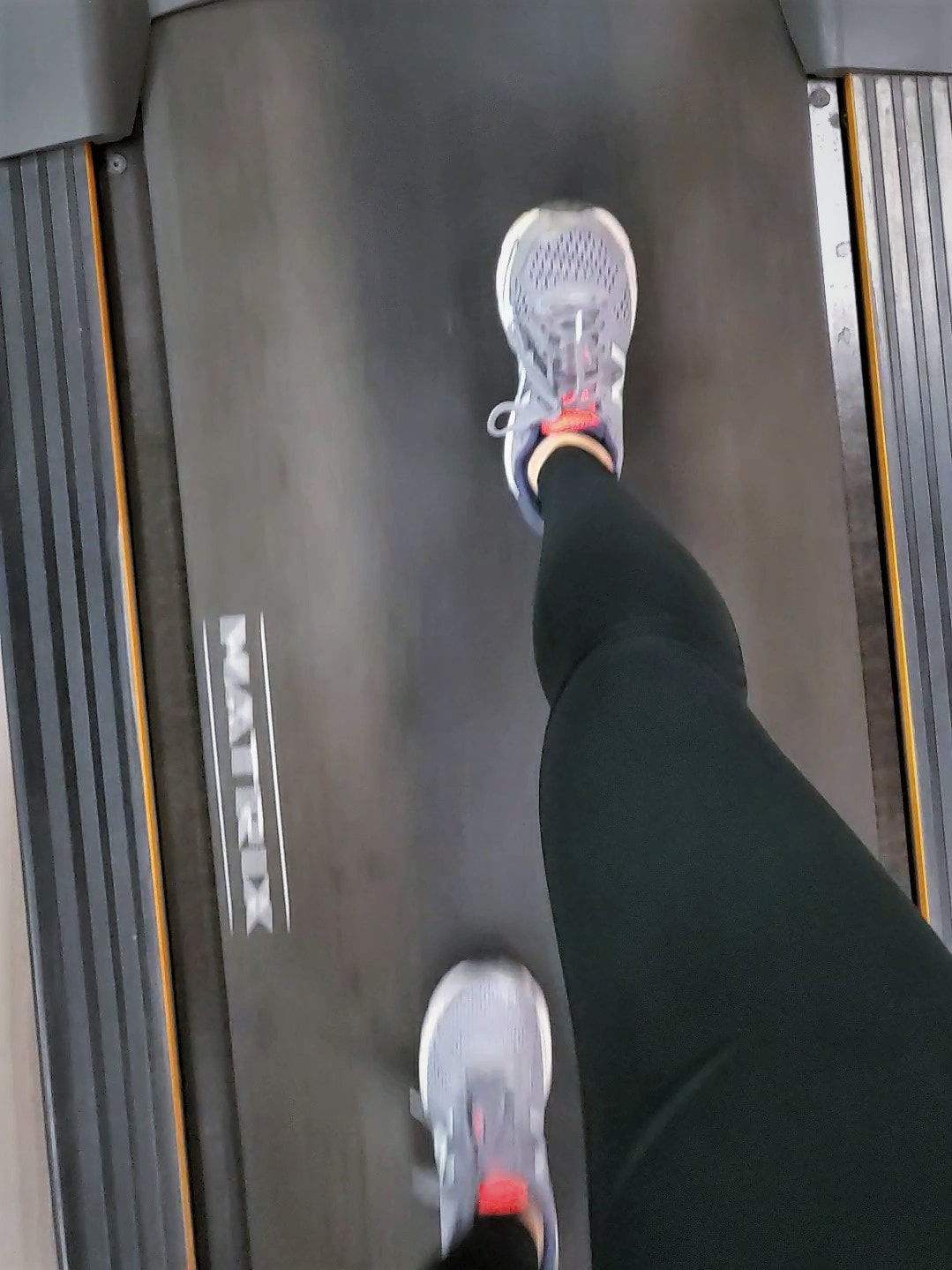
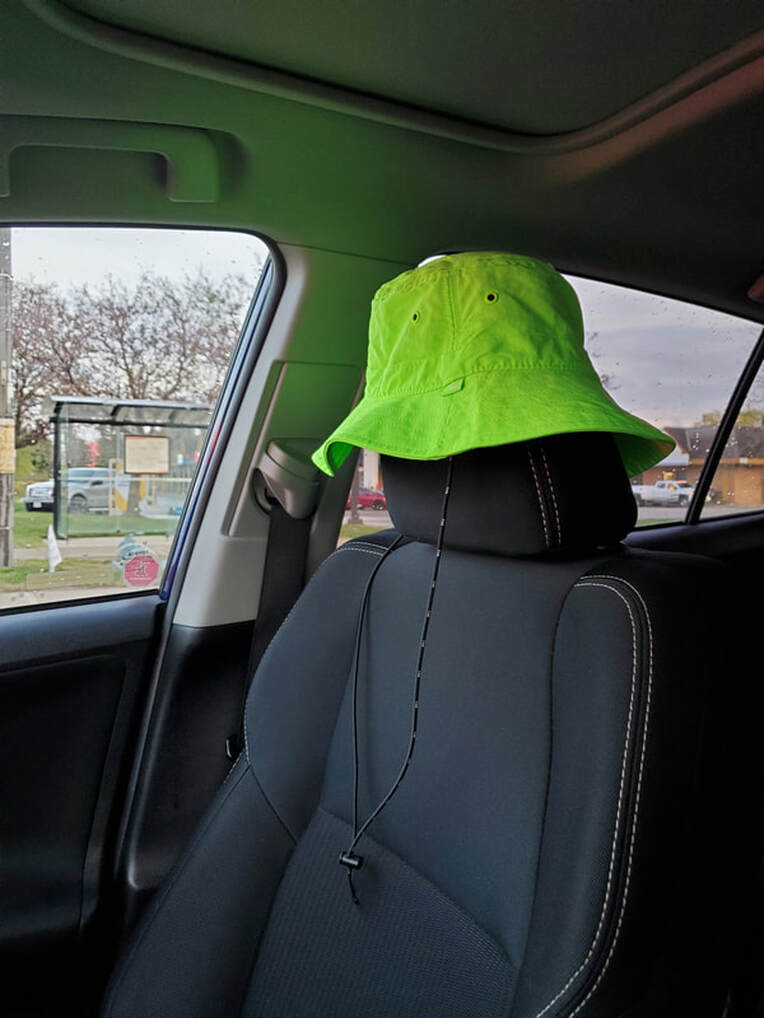
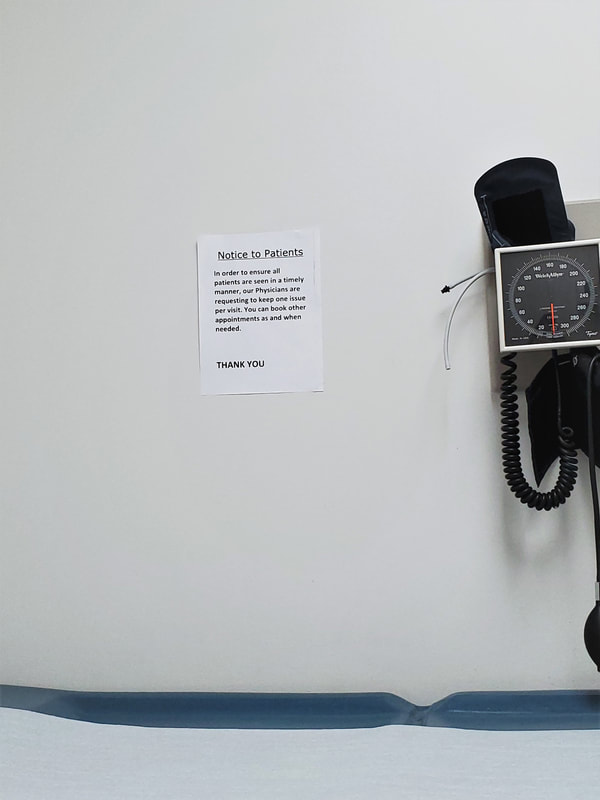

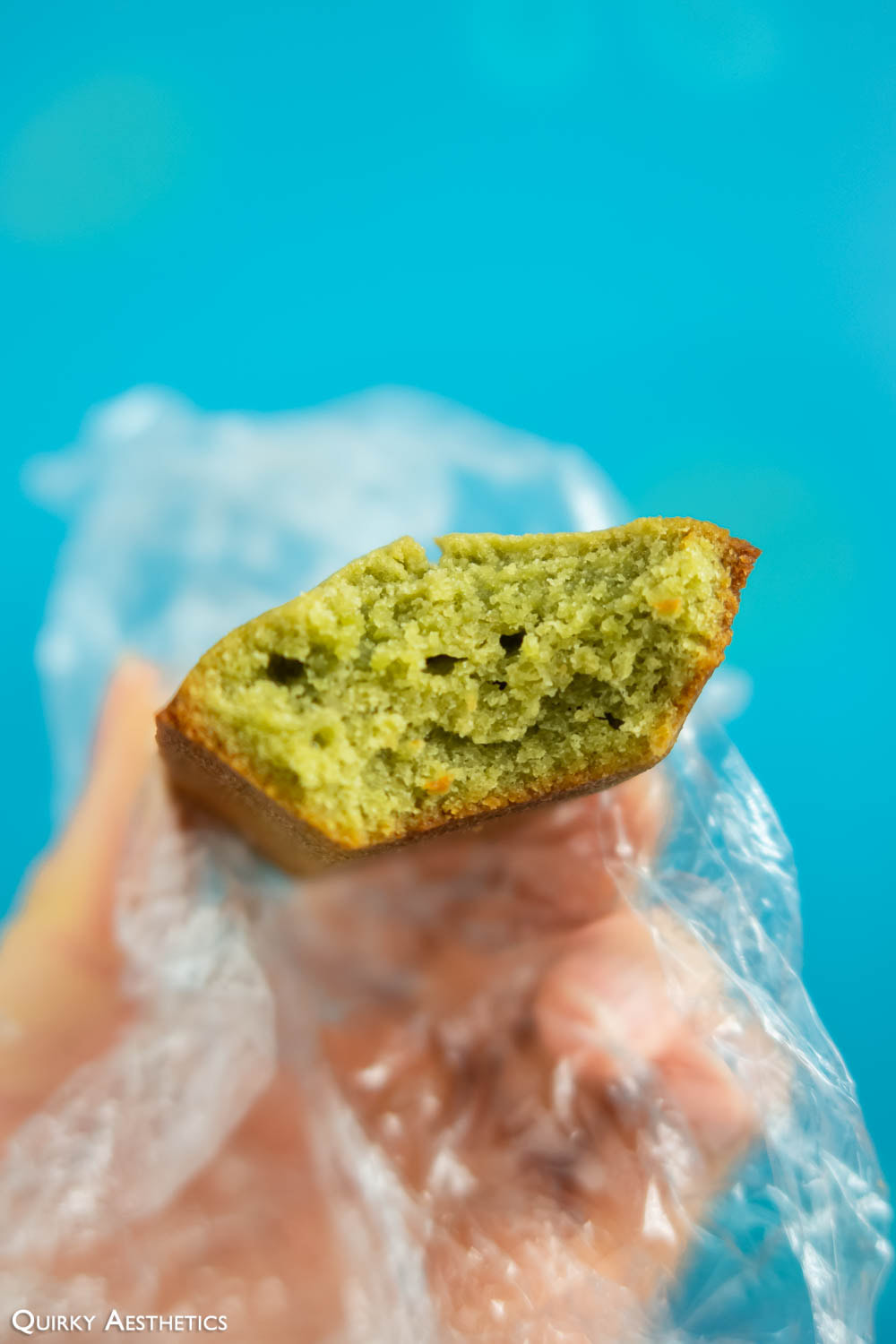
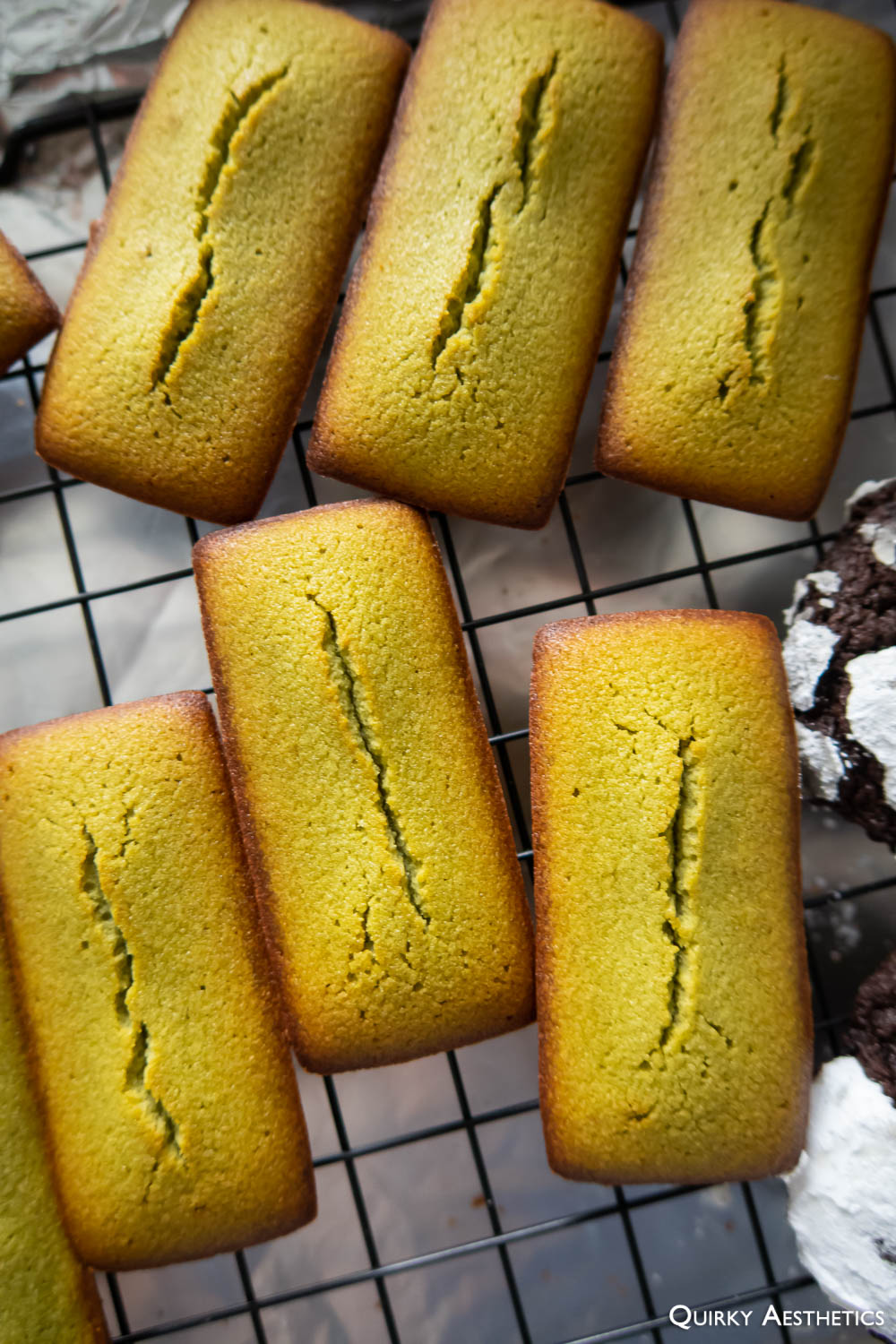
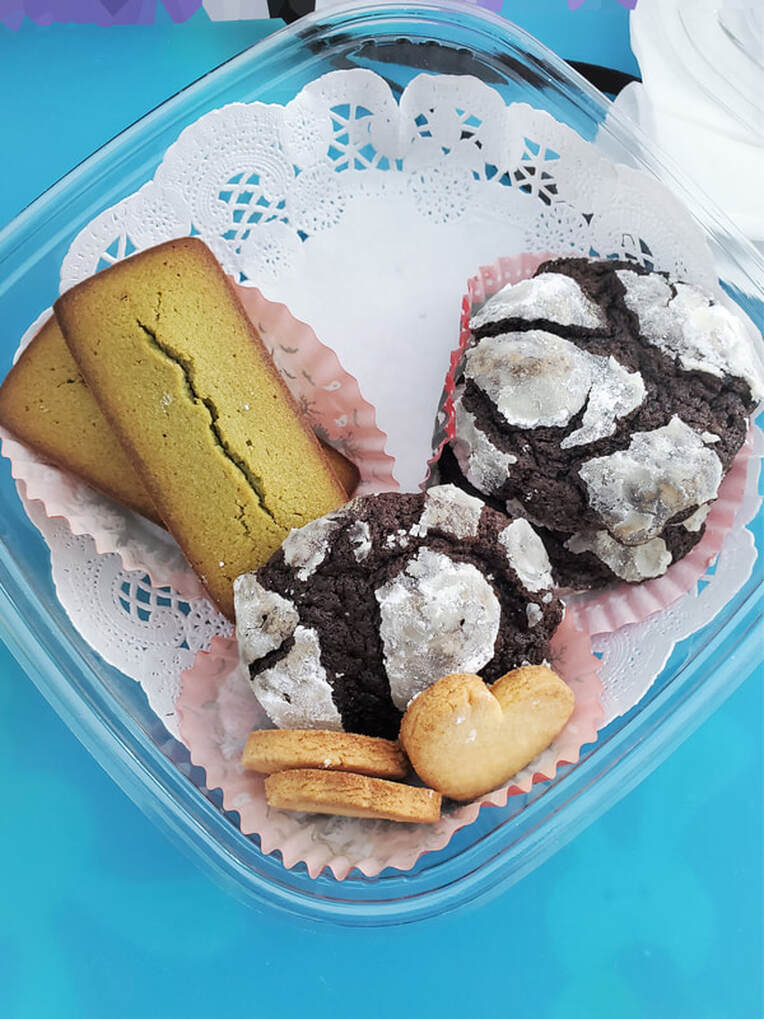
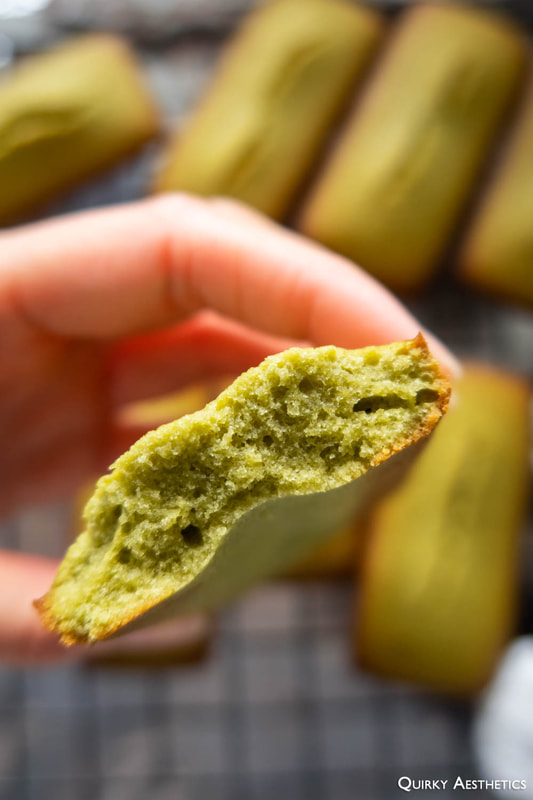
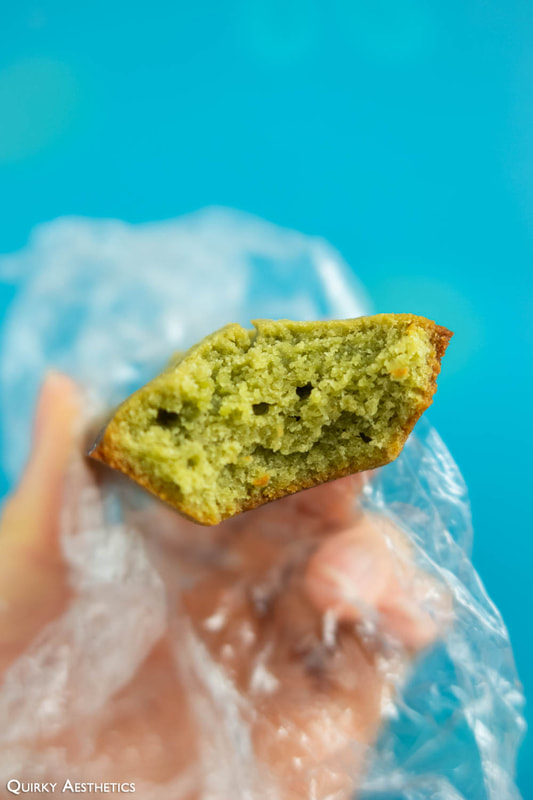
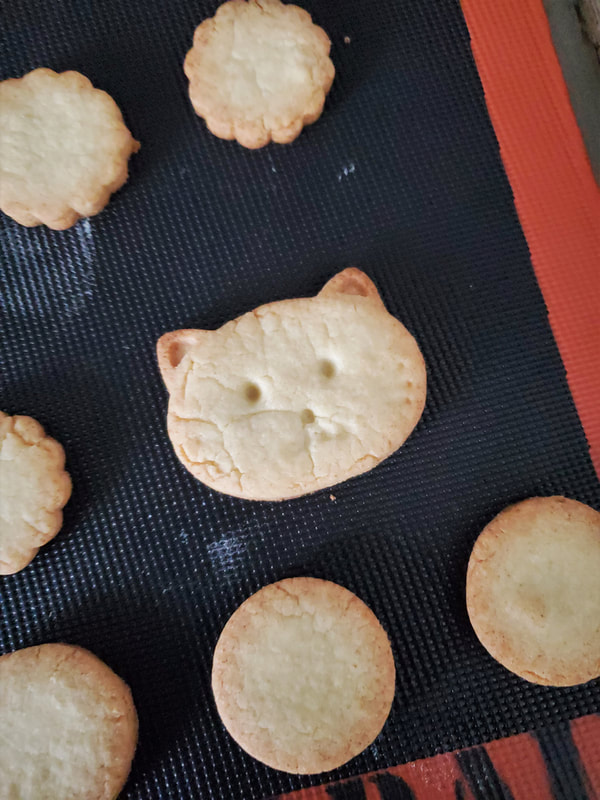
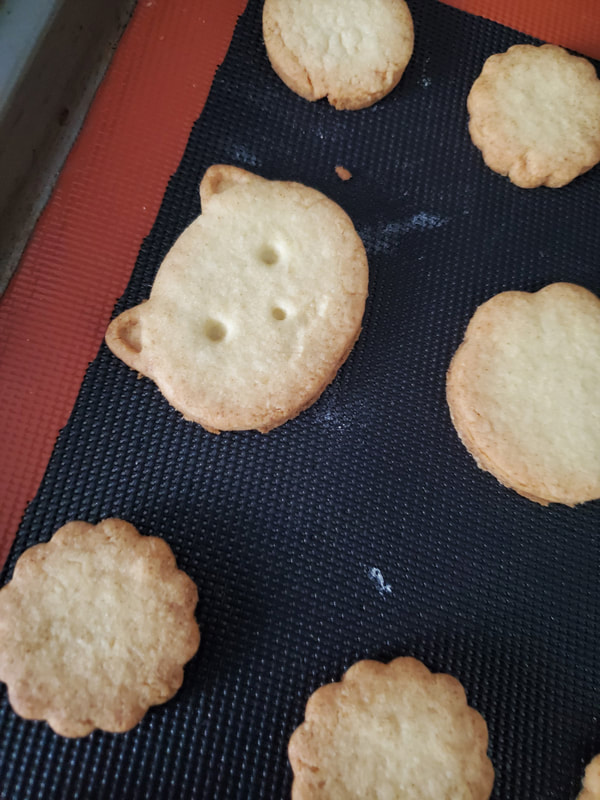
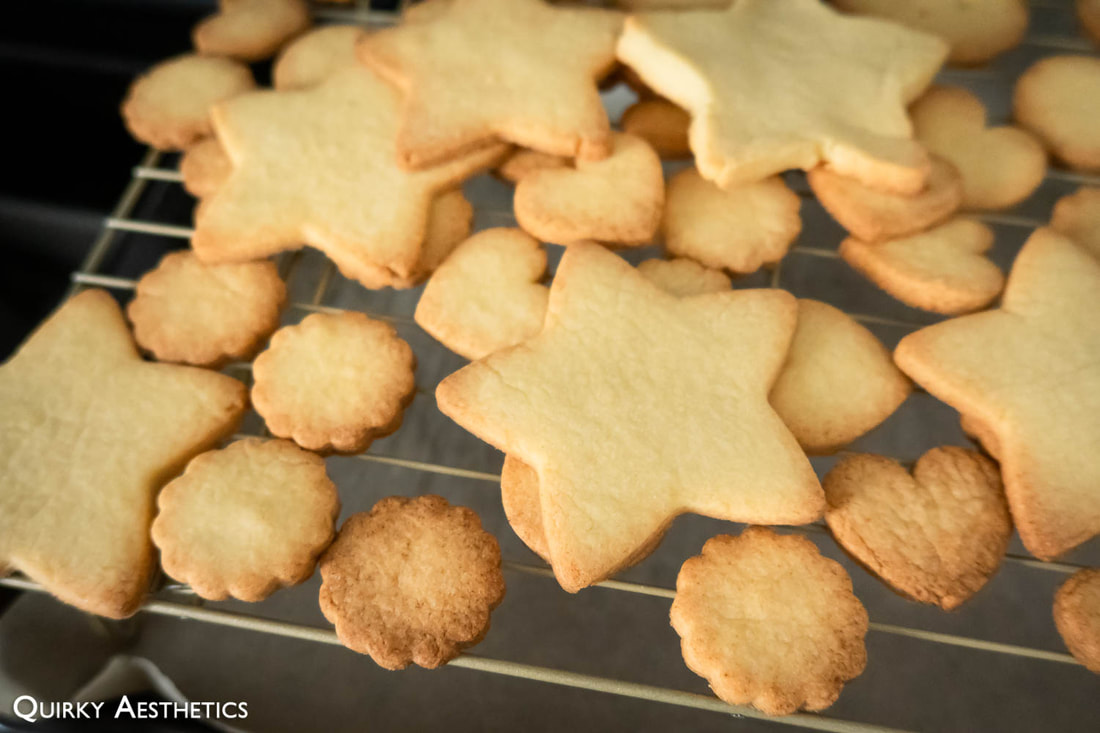
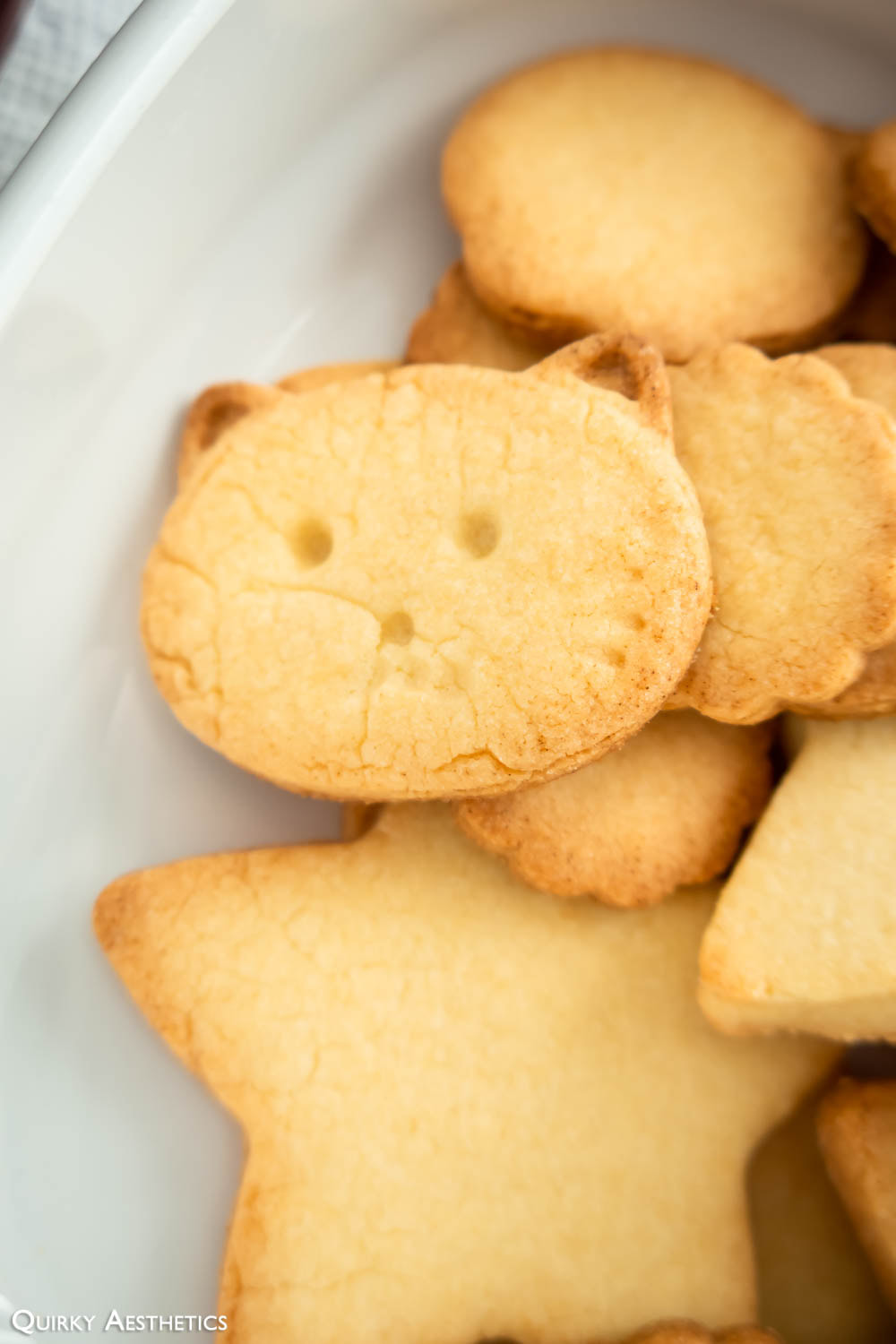
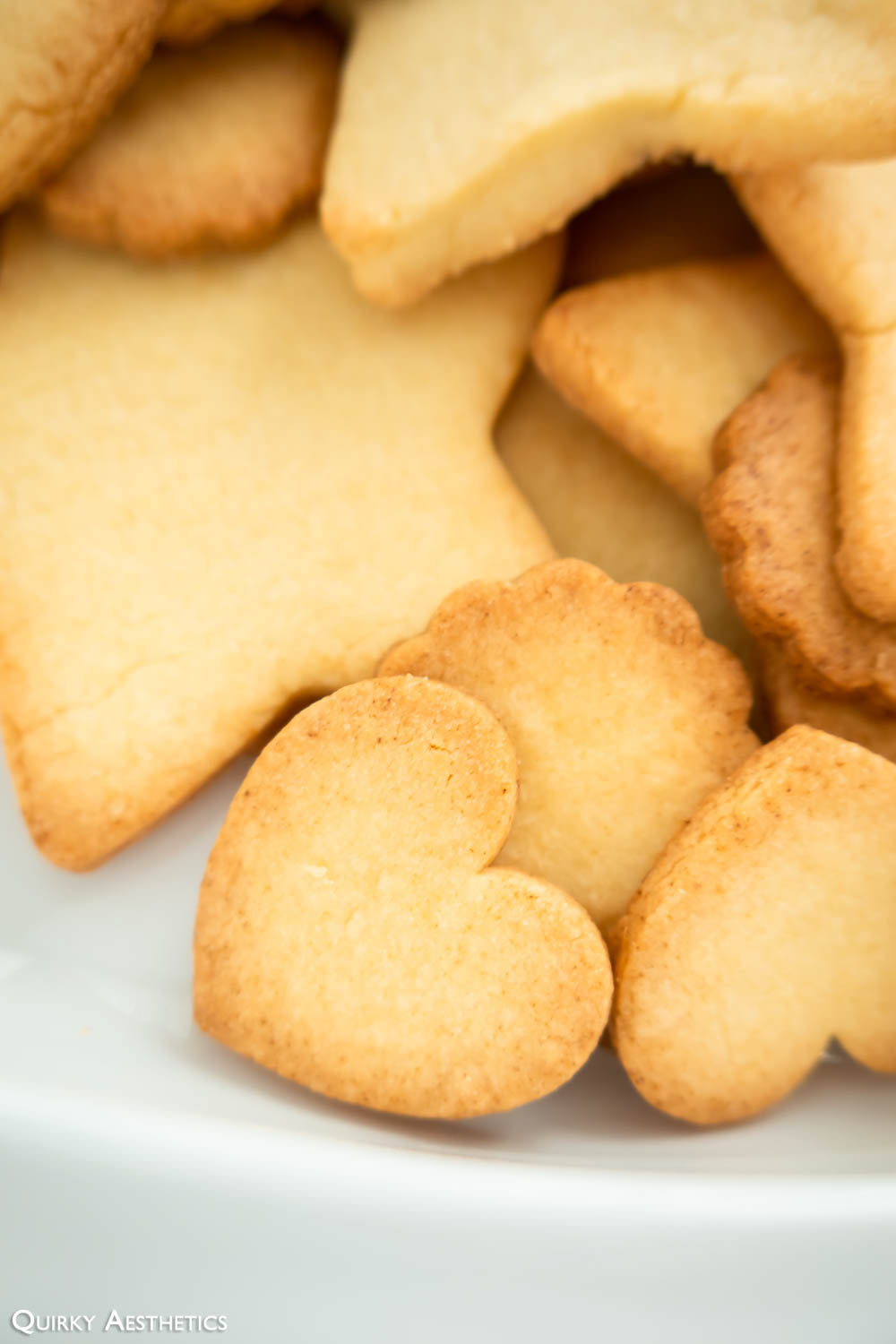
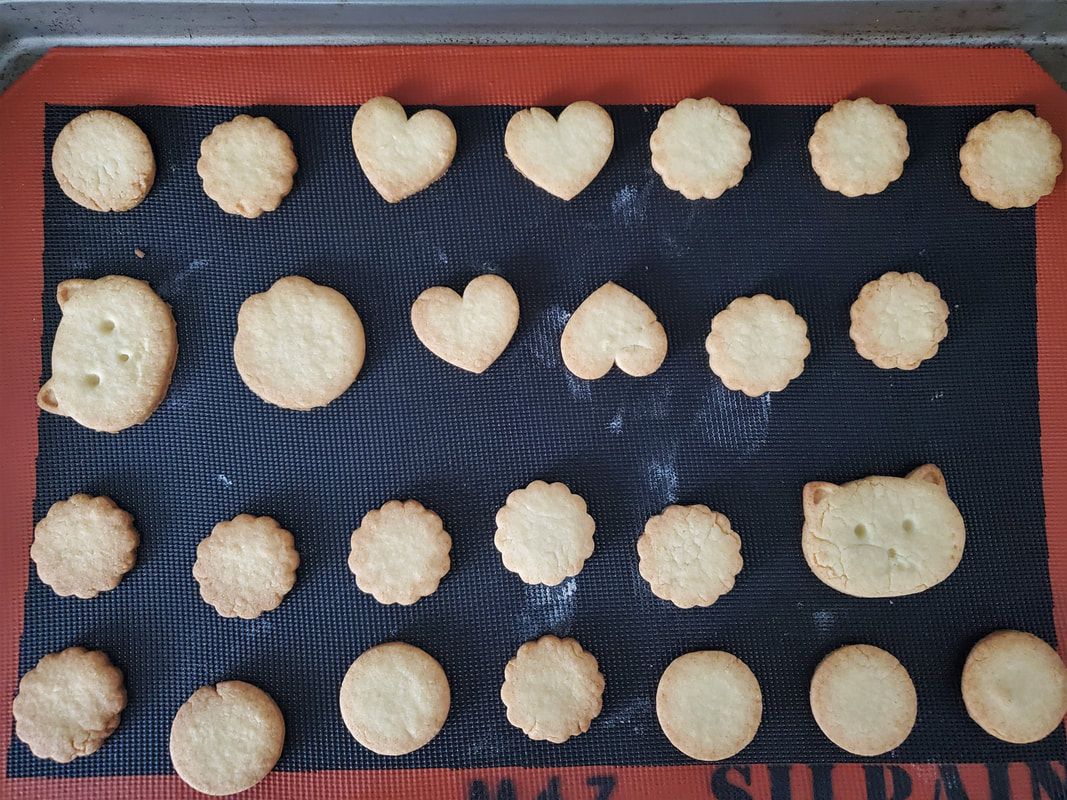
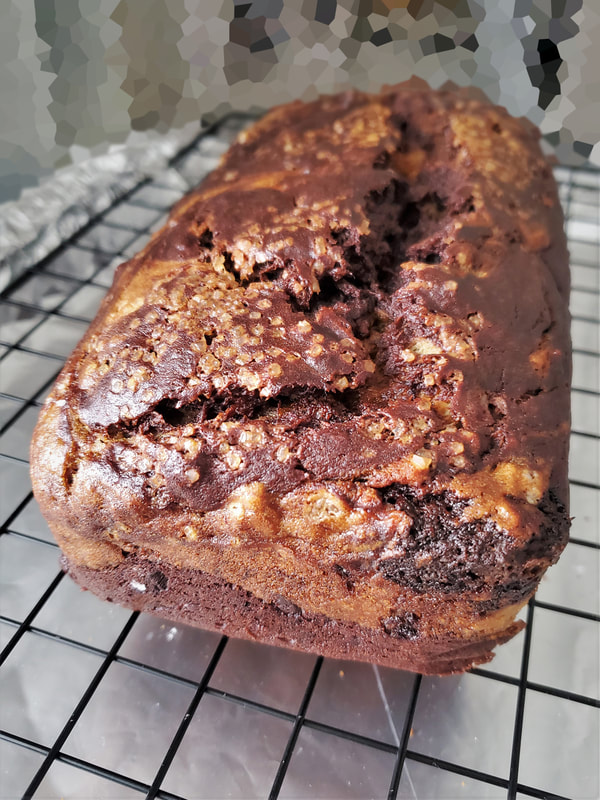
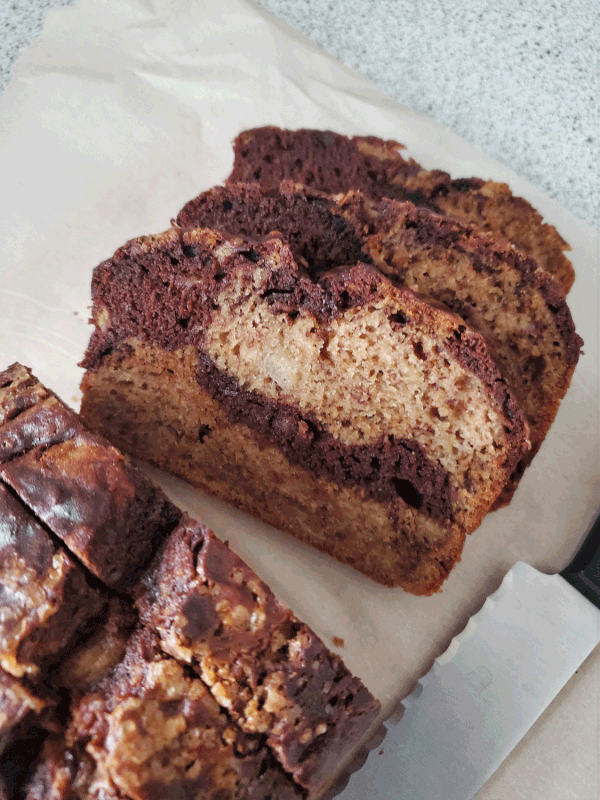
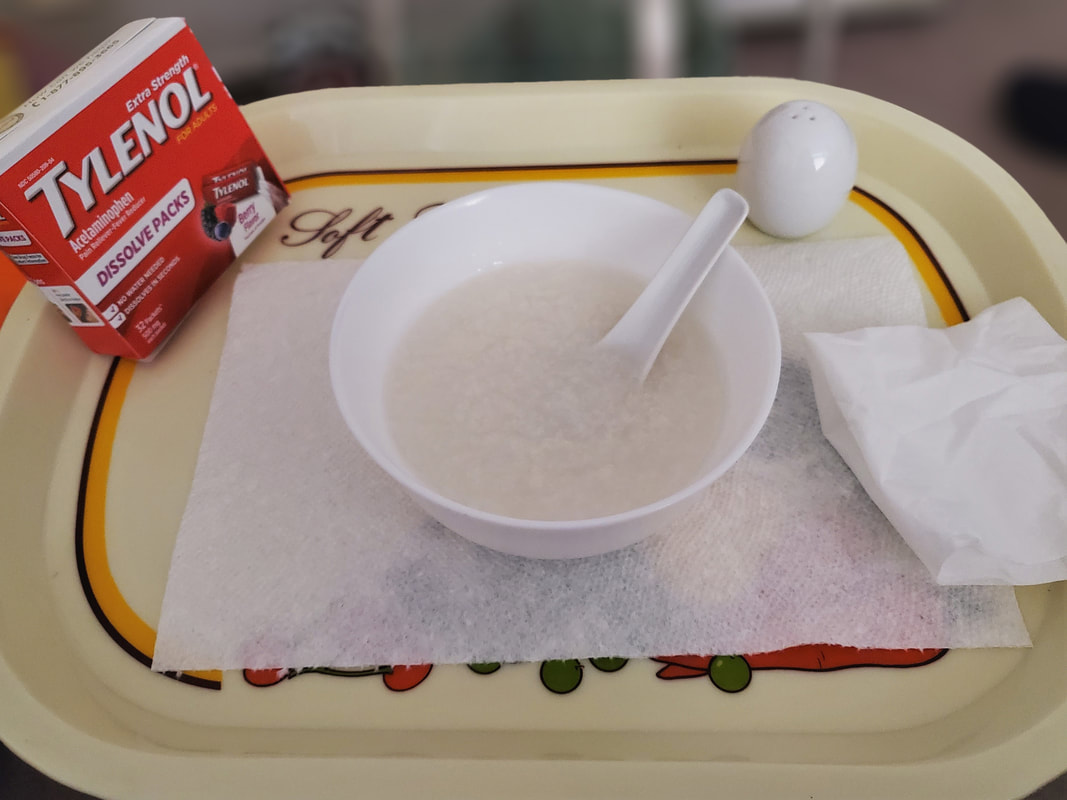
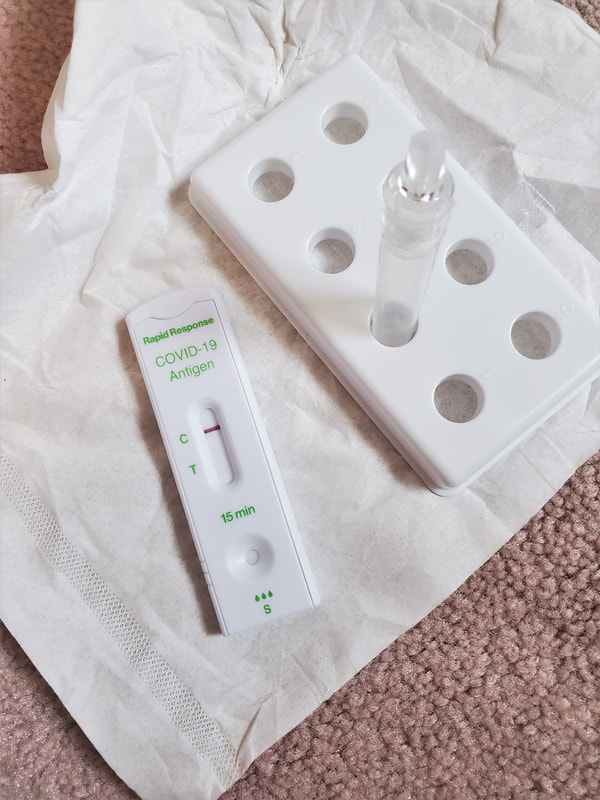
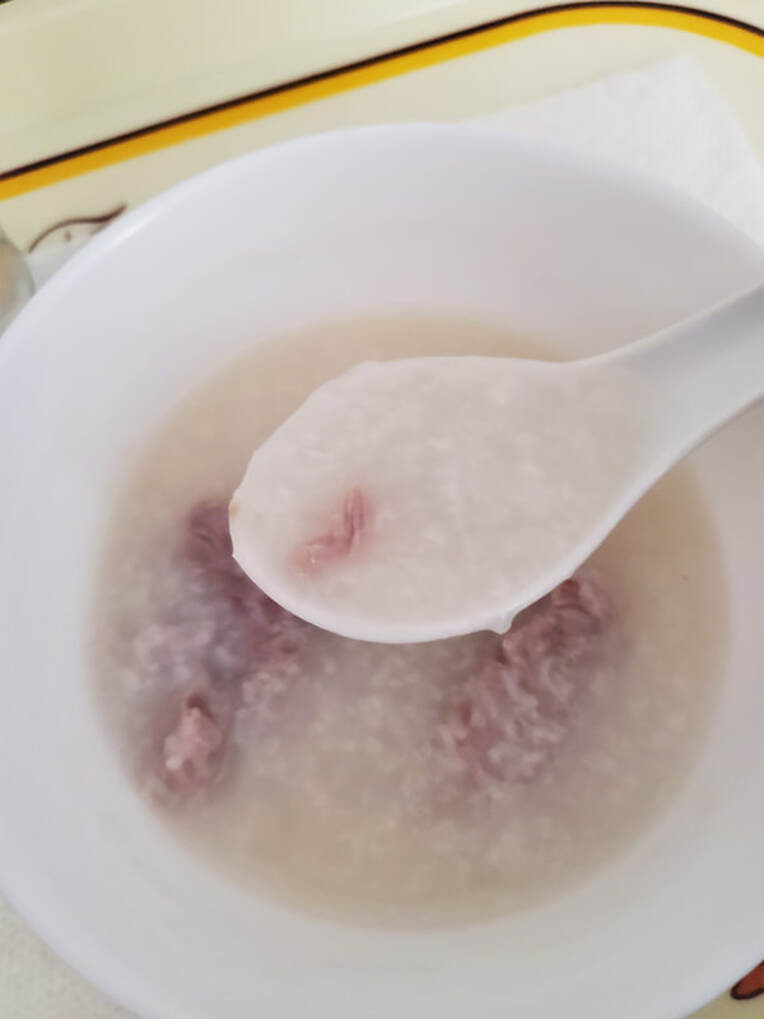
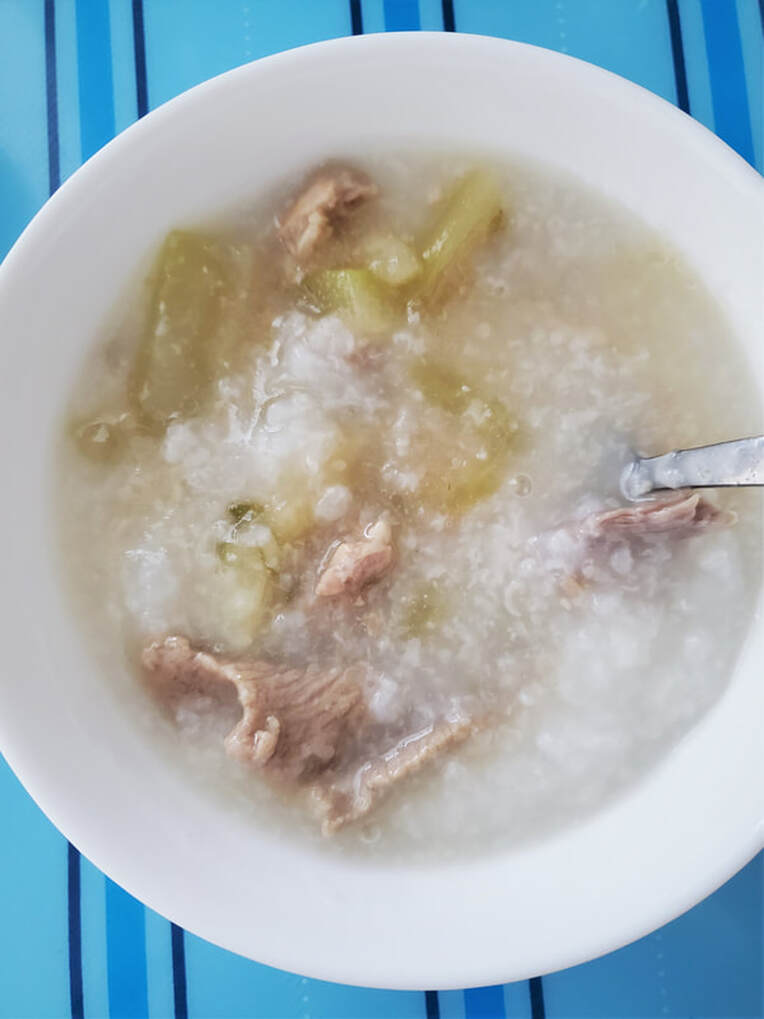
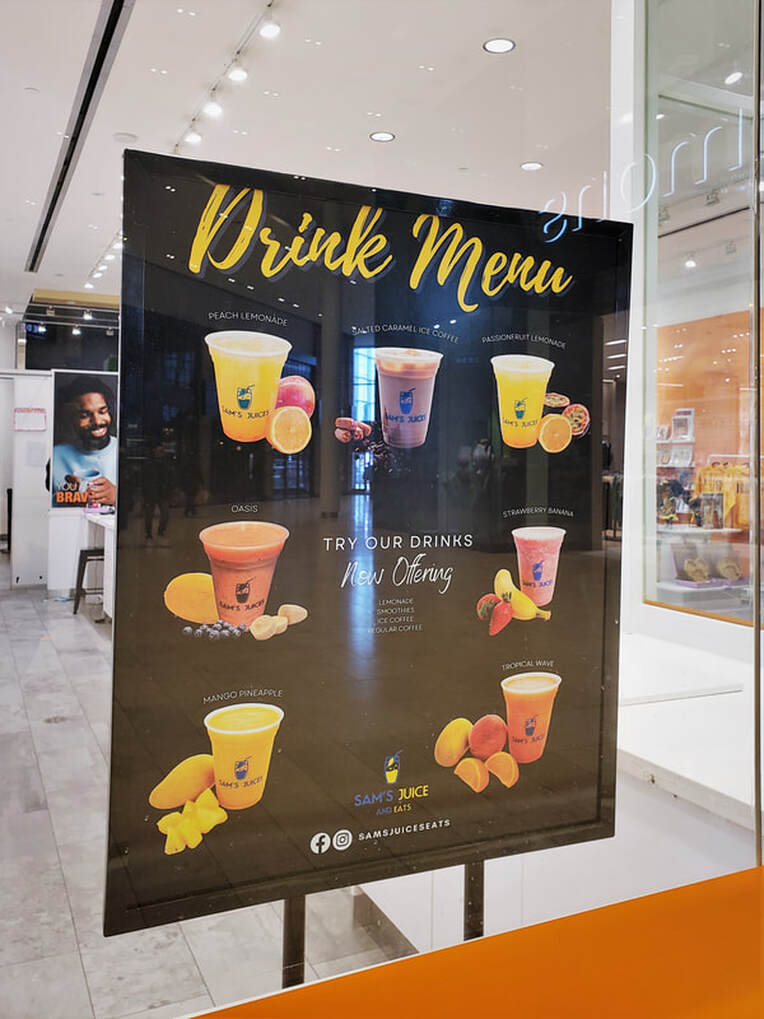
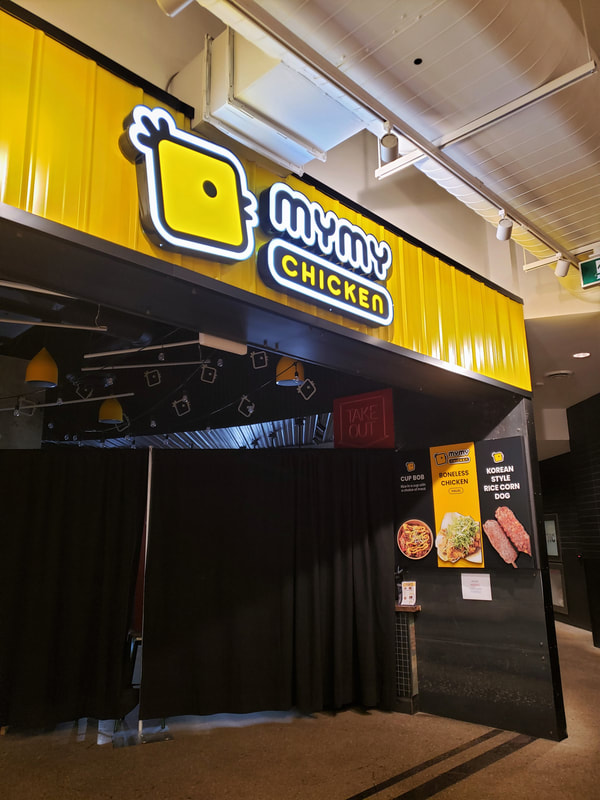
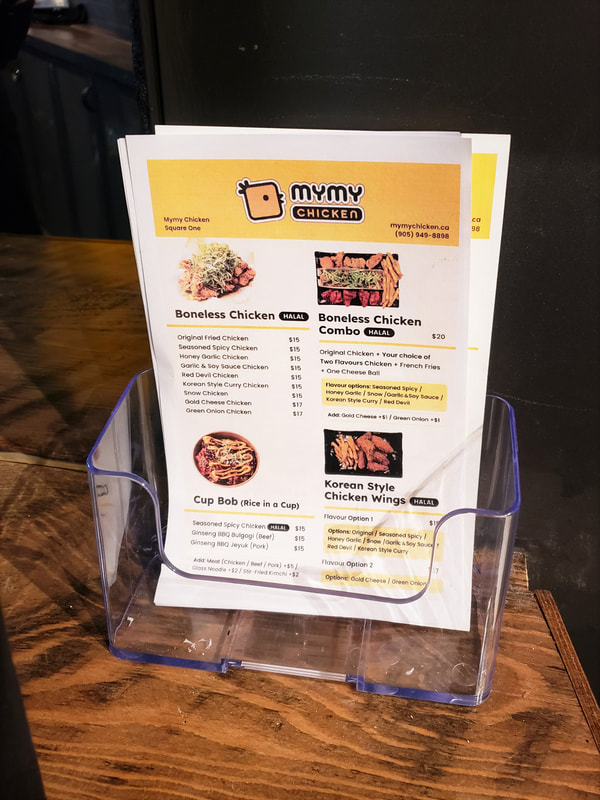
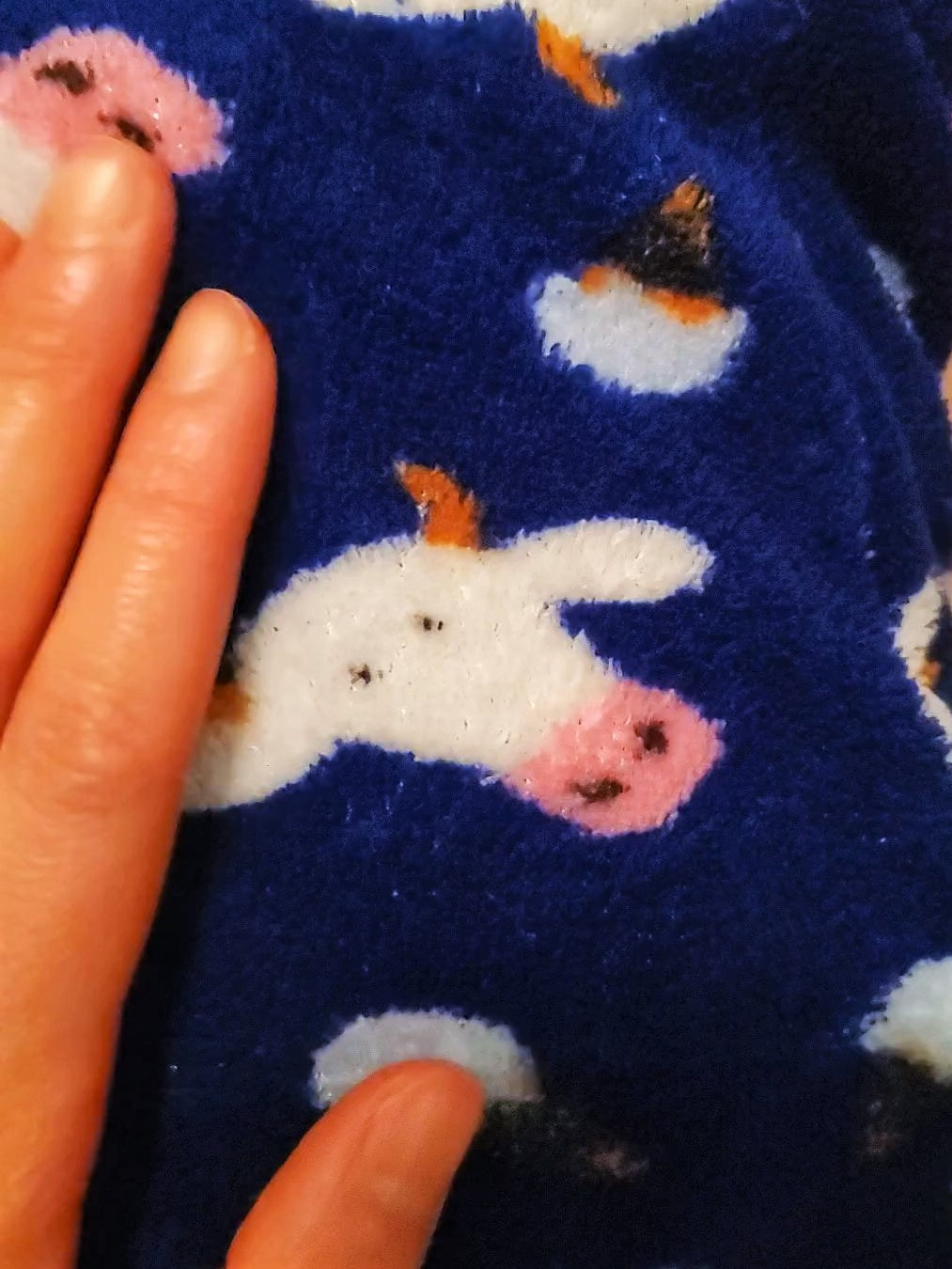


 RSS Feed
RSS Feed